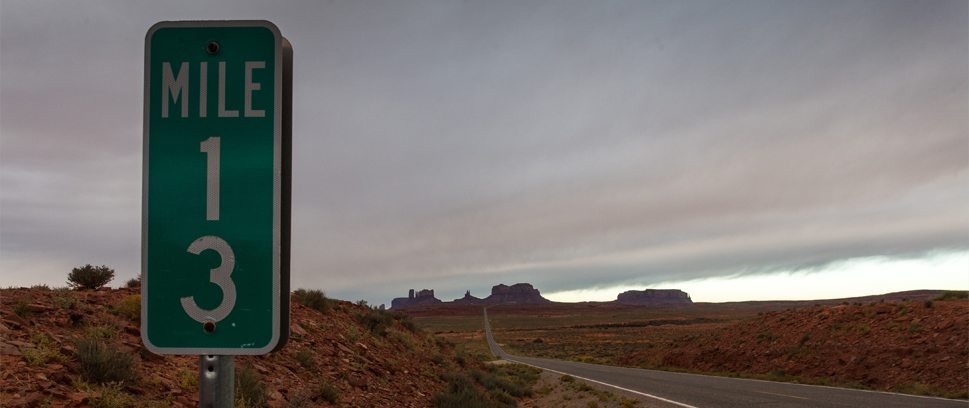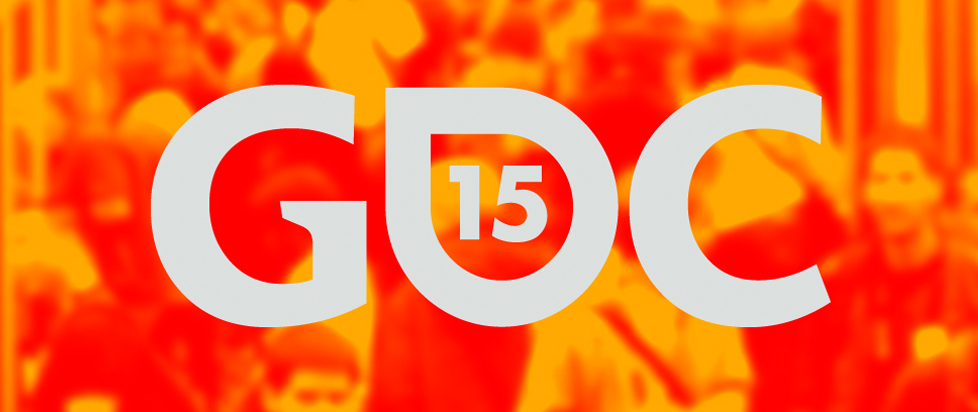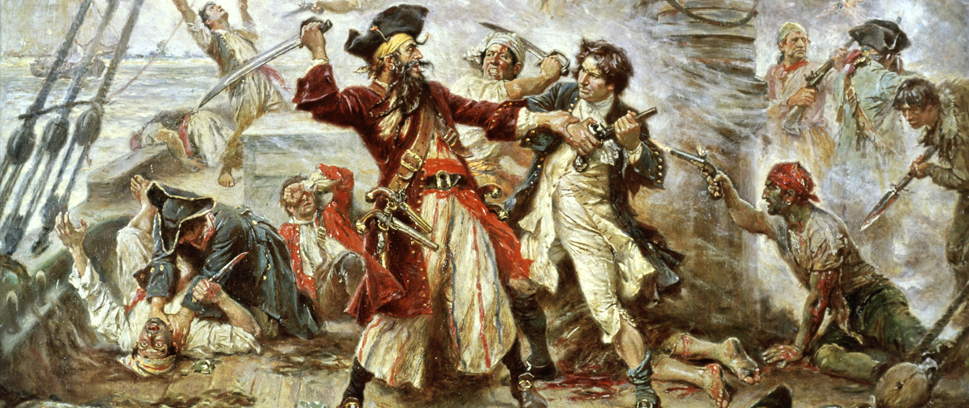
Milestones
Editor’s Note: This story has been reprinted from Unwinnable Weekly Issue Eighteen. Want to check it out in all its wonderfully-laid-out glory? Pick up this issue or subscribe today!
———
Game development, like any job, can be a long, repetitive process. However, once in a while, there are moments where everything changes in an instant. Spend some time learning about the craft and chances are you’ll hear about “milestones” – goals designed to keep everything on schedule by making sure certain things happen at certain times. With games, these important moments include alphas, betas and other states of increasing playability and stability.
Step outside the passionless realm of project management and it’s clear that milestones aren’t limited to the technical side of creativity. Hitting them means more than just making sure code is up to date. Milestones happen during the personal and professional lives of the people creating games. While it takes plenty of time and effort to make a game, sometimes just one event, however big or small, can have a massive impact on the final outcome. After reaching a milestone of my own – graduating journalism school to make this whole game writer thing happen, I reached out to a few developers with milestones to share and listened to their stories.
Tom Heinecke
Studio closures often leave talented developers jobless, and employees can’t always sense the end is near or find closure before the axe drops. Graphic designer Tom Heinecke recalls when Iowa studio Budcat Creations, the studio behind countless Guitar Hero titles, was suddenly shuttered in 2010.
“The whole thing is just a business. That’s the big secret,” says Heinecke, It’s just about selling the product, selling a Coca-Cola. It has nothing to do with making games at all.”
What was more surprising was that Budcat had been acquired by Activision Blizzard two years prior.
“The biggest reason it came as a surprise to me was before this happened they sent an Activision director of advertising or something, and he came to us at a meeting with the whole office,” says Heinecke. “He was like, ‘Budcat has been a great asset here for Activision’ and went through all these charts. ‘We just want to give you guys the biggest thanks for Guitar Hero selling so well.’ It was kind of stupid.”
About five months later the studio was gone. Upset over the loss of a job with no micro-management, Heinecke initially directed his anger at Budcat’s owners instead of the larger Activision machine. However, eventually his ire and depression subsided.
“I’m friends with them. I still know them. There wasn’t anything they could do,” he said. “They’re not business men. They just want to make games.”
Since then, Heinecke has become a “normal artist” and works on his own indie mobile games on the side. His first title, retro roguelike bit Dungeon, did well enough to spawn an upcoming sequel. Heinecke even says the revenue his games bring in could allow him to quit his day job. However, along with wanting to spare his wife and children the instability of indie life, Heinecke says the moment Budcat closed soured him on game business for good.
“I kind of hate the games industry because of all this,” he says. “I would never do any deals with any of those companies. I will never work in mainstream video games ever again.”
David Laskey
By many accounts, post-grad life in the real world is full of uncertainty. For David Laskey and his partners at The Amiable, the question is “Does anyone care about our game?” Cooperative shooter Tetrapulse, which began as a 2013 Global Game Jam project before becoming a senior year capstone prototype during the team’s time at DePaul University, now holds the hopes for The Amiable’s future as their upcoming debut game. And Laskey remembers the moment that shift happened, influenced by Kickstarter.
“We were still really excited about the game, and people who played it were excited too,” says Laskey. The team went to work after graduation, spending two months preparing their own Kickstarter campaign, to be set at $15,000. They quickly learned just how much work goes into getting a Kickstarter to fund. The team quickly ran out of friends, family and press contacts only days into the campaign. Drumming up the remaining $11,000 or so over the next month would essentially be a full time job.
Laskey and his team didn’t feel they could just spam the same promotional tweets over and over.
“We didn’t plan out all of our updates,” he says. “There were dead zones in the center of the campaign where we were at a loss of things to talk about. We didn’t think we were going to make it.”
With time running out, and failure very possible, hitting the campaign’s goal was sweet. “It was in the final six hours when it happened,” says Laskey.
I remember sitting in a lab working on a project and I saw the number break $15,000. I just slammed my hands on the desk and stood up. Everyone in the room was really pumped because they all knew.”
Matt Carter
Indie developers are used to be being the little guys. The idea that a game made by a handful of friends in their Texas garage can compete with the best triple-A gaming has to offer is still a relatively new concept. So, after a few months of friendly emails, when Sony offered Ragtag Studio the chance to demo their game Ray’s the Dead onstage as part of their E3 2013 PlayStation 4 indie push, the team didn’t quite know how to react.
“We felt like we were a little bit out of our league, says Matt Carter, one of Ragtag’s co-founders. We had been making games for a long time, but none of us had ever had the opportunity to take the spotlight.”
Carter says the invitation from Sony was entirely unexpected.
“It was surprising to the point where we weren’t sure if we even wanted to do it,” Carter says. “[But] we did it because it was a once in a lifetime opportunity. It’s really good exposure and you just can’t pass that up.”
While the rest of the team worked behind the scenes keeping finicky systems running smoothly, Carter stepped onto Sony’s stage for PlayStation’s E3 indie showcase – his surreal moment of industry fame. “It just was overwhelming the size of these video screens that you are standing in front of, the size of the auditorium, the amount of tech support. It was really impressive, larger than life,” says Carter says, who called the whole array of E3 experiences “indescribable.” Carter says he was happy and humbled to share the stage with industry luminaries like Oddworld’s Lorne Lanning and fellow indie friends like Octodad’s Young Horses.
Having worked in the industry for over 13 years, Carter says moments and new initiatives like this provide encouraging and unprecedented legitimacy to indie developers.
“It seems like some of these big blockbuster games are just made by the computers. But there are hundreds of people with talent and interesting stories to tell and involvement in the game that aren’t seen by anybody,” Carter says. “It’s amazing now that the smaller groups of guys making games are actually having their faces seen.”
Even now, Carter and Ragtag are doing their best to put these new emotions to good use. “Every day since then, it’s been understanding that all of our hard work and focus is going to pay off in the end. It changes the game when you have an event like that happen.”
Brianna Wu
On July 24, 2014, after three years of development and entire genre switches, Giant Spacekat released its first game, Revolution 60, on iOS. The action-RPG features an all-woman cast, created by an all-woman development team. Studio head Brianna Wu has experience from politics to animation to investigative journalism – videogame development was a new frontier.
“We went into the most ambitious project we could make starting from the very beginning, and I think it turned out well,” Wu says. “It’s weird, but I think not knowing what I was doing actually led to us making a better product. I have this attitude that the best way to learn stuff is to get in there and make it happen. So that’s what we did.”
However after the culmination of Wu and her team’s hard work – finishing Revolution 60 brought a different response. “I always imagined launch as being this magical moment, for it to be this feeling of overwhelming pride sweeping over me, but it was nothing like that,” Wu says. “Anticlimactic is a fair word.”
Wu said the day-to-day challenges of development made launch day just another day.
“It was like I had been wandering through the desert for 40 years at that point and I was so used to solving crises as they came up, and solving later problems down the line,”.she says. “I wish I could say it was some magical moment, but it was like ‘yeah this is something positive, but I’ve got 20 emergencies to solve this day.’”
Wu says that developing a game or running a studio means there’s always another fire to put out.
“Sometimes it’s political problems, sometimes it’s engineering, sometimes it’s money issues, sometimes it’s a bug at the last minute and sometimes it’s things you need to change for the website or this or that. It just never ends,” she says.
But overall, the experience has been a good one. “On a personal level, it’s really gratifying for me to have parents sending me pictures of their daughters playing Revolution 60 and just loving the game. It’s a wonderful feeling, but as far as things changing, right now I’m planning the next mountain that my team needs to climb.”
As Wu continues her post-launch life, she acknowledges the progress she has made. “I would have thought that my life was going to be a dream,” Wu says, reflecting on how impossible success seemed at the beginning of Revolution 60’s development.
Still, at the end of the day this milestone is just one of many for Wu and developers like her. “Don’t get me wrong, I’m very proud of what I’ve accomplished, but I don’t feel very different or happier or less happy as a person,” she says. “The truth is my life feels the same.”
———
Follow Jordan on Twitter @JordanWMinor.





